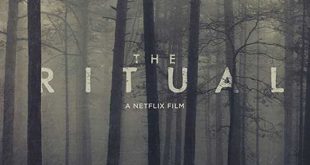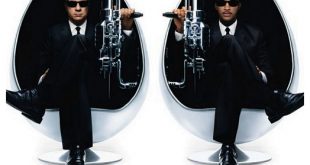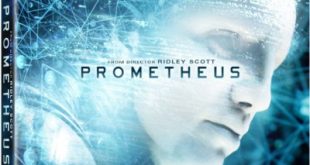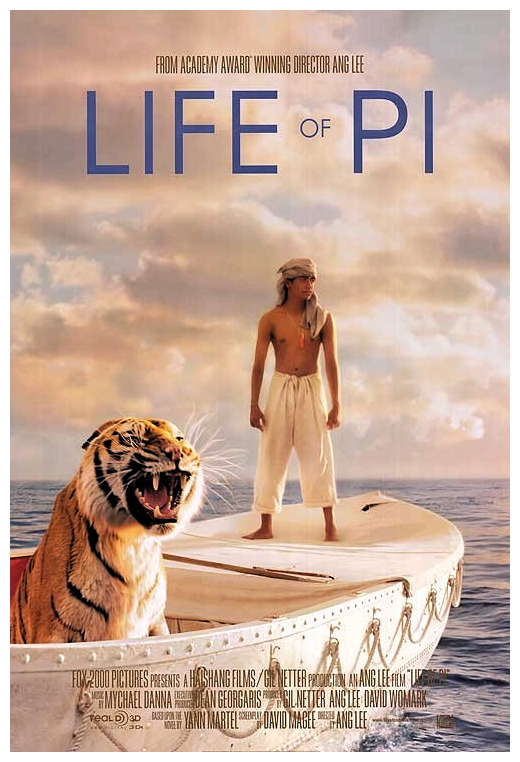
SYNOPSIS:
“In Canada, a writer visits the Indian storyteller Pi Patel and asks him to tell his life story. Pi tells the story of his childhood in Pondicherry, India, and the origin of his nickname. One day, his father, a zoo owner, explains that the municipality is no longer supporting the zoo and he has hence decided to move to Canada, where the animals the family owns would also be sold. They board on a Japanese cargo ship with the animals and out of the blue, there is a storm, followed by a shipwrecking. Pi survives in a lifeboat with a zebra, an orang-utan, a hyena and a male Bengal tiger nicknamed Richard Parker. They are adrift in the Pacific Ocean, with aggressive hyena and Richard Parker getting hungry. Pi needs to find a way to survive.” (courtesy IMDB)
REVIEW:
This Oscar winning adaptation of Yann Martel‘s bestselling novel is a breathtaking feat of storytelling and computer-generated animation. Turning novels into films is a treacherous endeavour that can often go terribly pear-shaped – Children Of The Corn (1984), Hook (1991), The Scarlet Letter (1995) and Troy (2004) immediately come to mind – and should really only be left to the brave and the bold. After all, if you’re going to tarnish someone’s beloved novel, you need to do it with conviction at the very least. Luckily, Ang Lee is an old hand at adapting novels to the screen and had the imagination to bring Life Of Pi (2012) blazing onto the big screen, earning Lee international acclaim…I mean, even more acclaim, along with a pretty gold statuette they call Oscar. Lee had already established himself as a major director with The Wedding Banquet (1993) and Eat Drink Man Woman (1994) before the lure of Europe, and of Emma Thompson‘s immaculate screenplay, persuaded him to try his hand at an English period drama. The result was Sense And Sensibility (1995), an unlikely subject at first glance, but one that Lee triumphantly made his own.
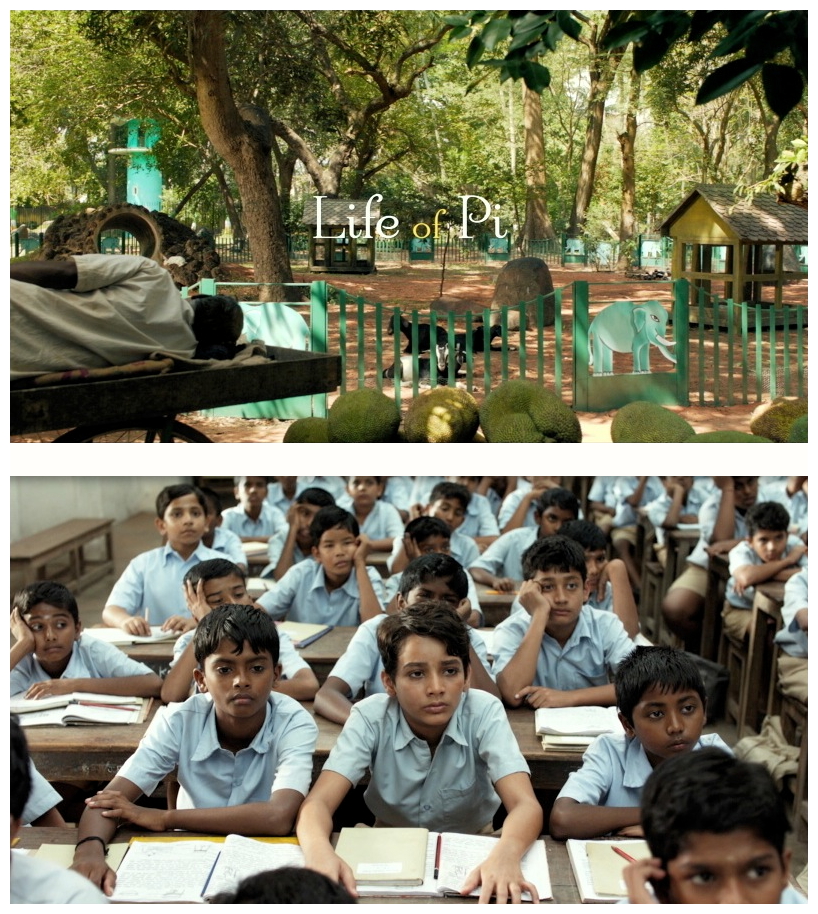
The Ice Storm (1997) followed, a subtle and very dark investigation into the moral fall-out from the upheavals of the sixties in American suburbia, proving beyond a doubt that Lee’s forte was character, atmosphere and emotional truth. Lee respects the conventions of whatever period he is filming, and it is notable that, unlike many of his New York University Institute of Film & Television counterparts, he has not as yet been swayed by the unholy burden of contemporary rectitude. Lee’s Crouching Tiger Hidden Dragon (2000) proved itself a most improbable triumph with the chattering classes, selling itself as a message movie to people who wouldn’t be seen dead attending a swashbuckler – which is what it really is, of course – whilst Brokeback Mountain (2005) managed the almost impossible task of making latent homosexuality sexy. Despite its flaws, his only attempt at a comic book superhero, Hulk (2003), remains a beautiful-looking film with some of the best editing, transitions and split-screen work to be seen in any Marvel movie ever.
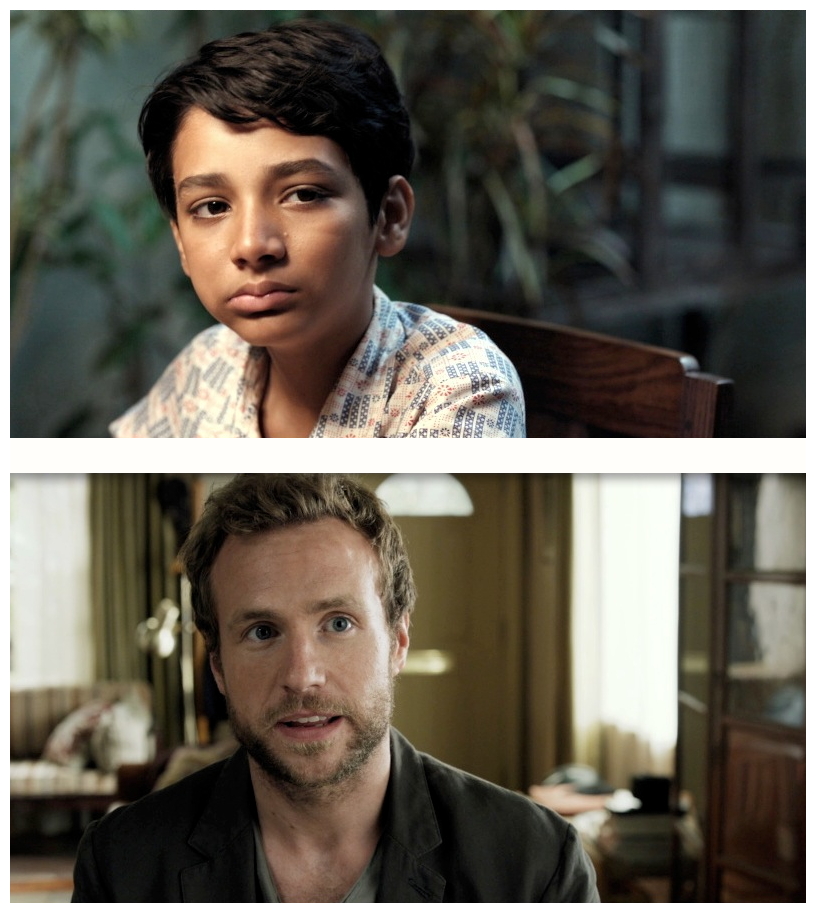
All of this, yet Life Of Pi was initially deemed almost impossible to film. As well as its strong philosophical foundations and intricate plot, the novel also falls into quite a difficult genre: Magic Realism. Few novel-to-film adaptations exist in this genre, due to its outlying requirement for the audience to not only unwillingly suspend their disbelief, but then actually believe in an alternative take on reality. The story is told mostly in flashback by an adult Piscine (Irrfan Khan) – nicknamed ‘Pi’ – who relates it to an aspiring author (Rafe Spall), telling him it is a tale to make him believe in God. It begins in India, with Pi (played as a child by Ayush Tandon) growing up in the family zoo and finally finding himself drawn to the mysteries of religious faith. Economic and political upheavals force the family to leave India and, while en route to Canada, the ship they and their animal cargo are traveling on is sunk in a raging storm.
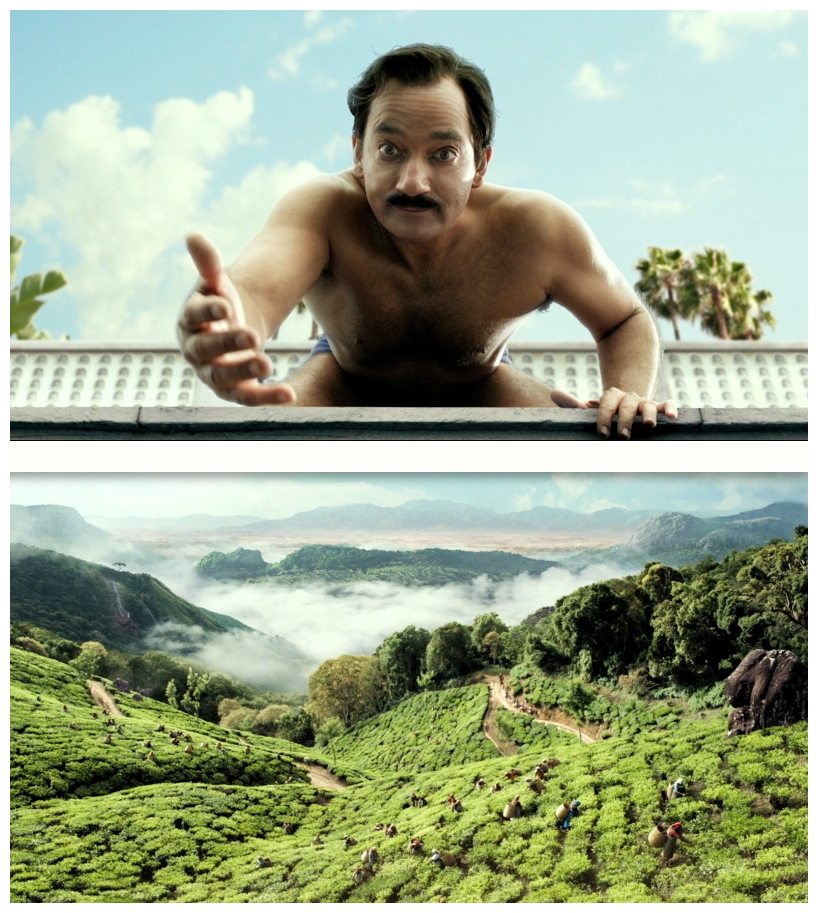
The action follows young Pi (now a teenager played by Suraj Sharma, who never intended to audition – he went along to support his brother, and ended up beating 3,000 hopefuls to the lead role) and his adventures adrift on the ocean in a life-raft for 227 days with a crew of unlikely survivors – a hyena, an orang-utan, a zebra and a Bengal tiger named Richard Parker. Soon it is just Pi and Richard Parker in the middle of the Pacific Ocean, finding a way to survive together on the tiny raft and with limited resources. And then the magic unfolds and you find yourself caught up in the imaginary world of one of the most lauded novels, as interpreted by one of the most acclaimed directors of our time. Their journey back to civilisation is a stirring and often awe-inspiring tale. Since its publication in 2001, filmmakers such as Alfonso Cuaron, M. Night Shyamalan and Jean-Pierre Jeunet have all attempted to bring Yann Martel‘s award-winning fable to the big screen.
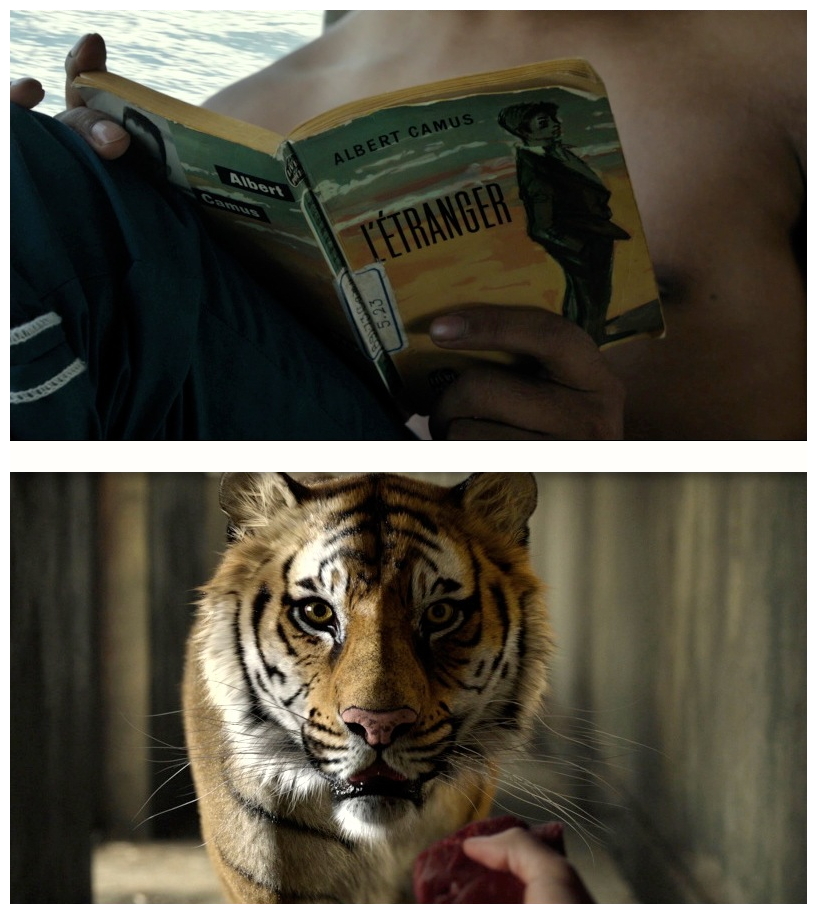
It was finally Taiwanese-American filmmaker Ang Lee, employing remarkable use of CGI, who brought this rewarding tale to life. Even Lee himself had doubts about adapting the book when he first read Life Of Pi at least a decade before: “I found it fascinating and mind-boggling, but I remember thinking to myself that nobody in their right mind would put up money for this because it’s literature, philosophy. Regardless of how cinematic it is, it would be very expensive, nearly impossible to do – and how do you sell this thing?!” Where there’s a will, there’s a way. Lee works with breathtaking versatility as he employs all wonder of 3-D CGI technology to flesh out the narrative vignettes that punctuate Pi and Richard Parker’s desperate journey. Few films have so completely immersed the viewer in such composed painterly photography and stunning set pieces, including a diving luminous whale and a shoal of flying fish.
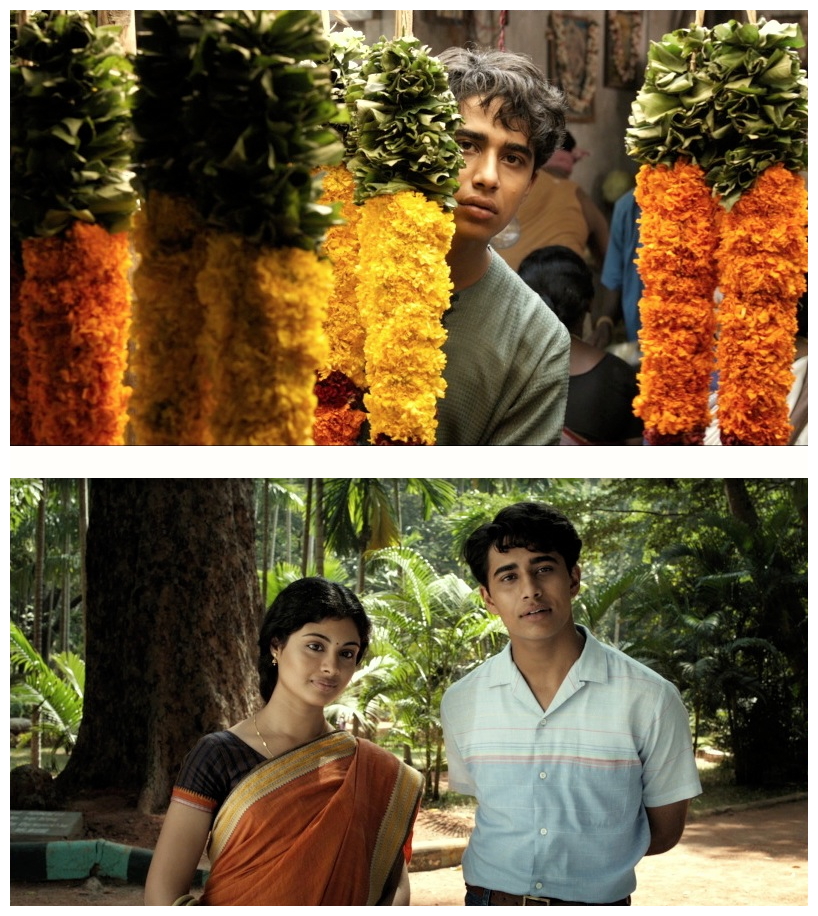
What makes Life Of Pi so fascinating is that the novel alone has been read by tens of millions of people and earned over US$600 million worldwide. Its philosophical foundations definitely appeal – “Doubt is useful, it keeps faith a living thing. After all, you cannot know the strength of your faith until it is tested.” – but the fantastical nature of the story is so human that you can’t help but fall into its web. Also impressive is the creation of Pi’s lone companion, a virtual 400-pound tiger that is every bit as real as Pi. Luckily the technology and technicians were up to the task as well, creating a Bengal tiger that blends seamlessly with the shots of real tigers used (there were four of them), as well as myriad stunning visual interludes, including an ocean glowing with jellyfish and the iridescent breaching whale. The visual effects studio Rhythm & Hues won an Oscar, just two weeks after they declared bankruptcy. The main reason was, that there were lots of substantial changes made without paying extra.
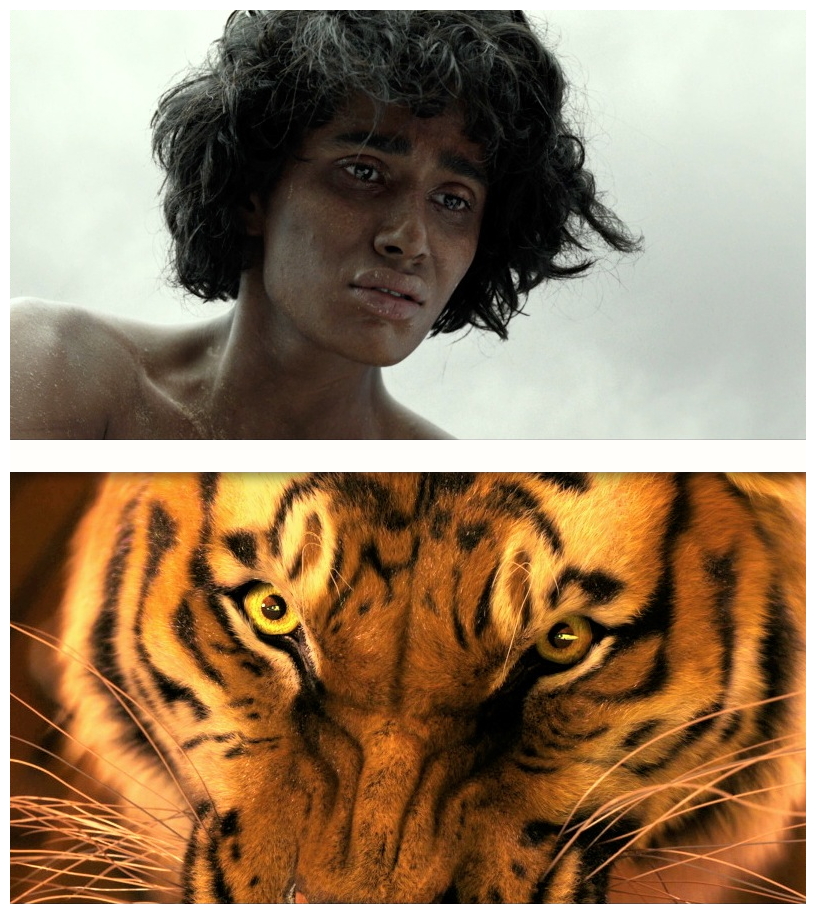
Ang Lee failed to mention Rhythm & Hues at the Oscars, even though much of the work was done by this team. What is real and what is not, the disparity between actual events and how we choose to remember them, is the key to the story and the grander theme of what we, as an audience, believe in. It may even convert a few, but Life Of Pi passionately underpins Martel’s idea that spiritual faith lies at the very core of our being. Next to the brutally raw Brokeback Mountain, the sensually sweet Sense And Sensibility, and the retro-sparseness of The Ice Storm, Life Of Pi puts another notch on Lee’s belt, setting him up not only as one of the most versatile directors of our time, but also one who can bridge the gap between literature and cinema. With that thought in mind I’ll thank you for reading, and look forward to your company next week when I throw you another bone of contention and harrow you to the marrow with another blood-curdling excursion through the darkest dank streets of Hollywood for…Horror News! Toodles!
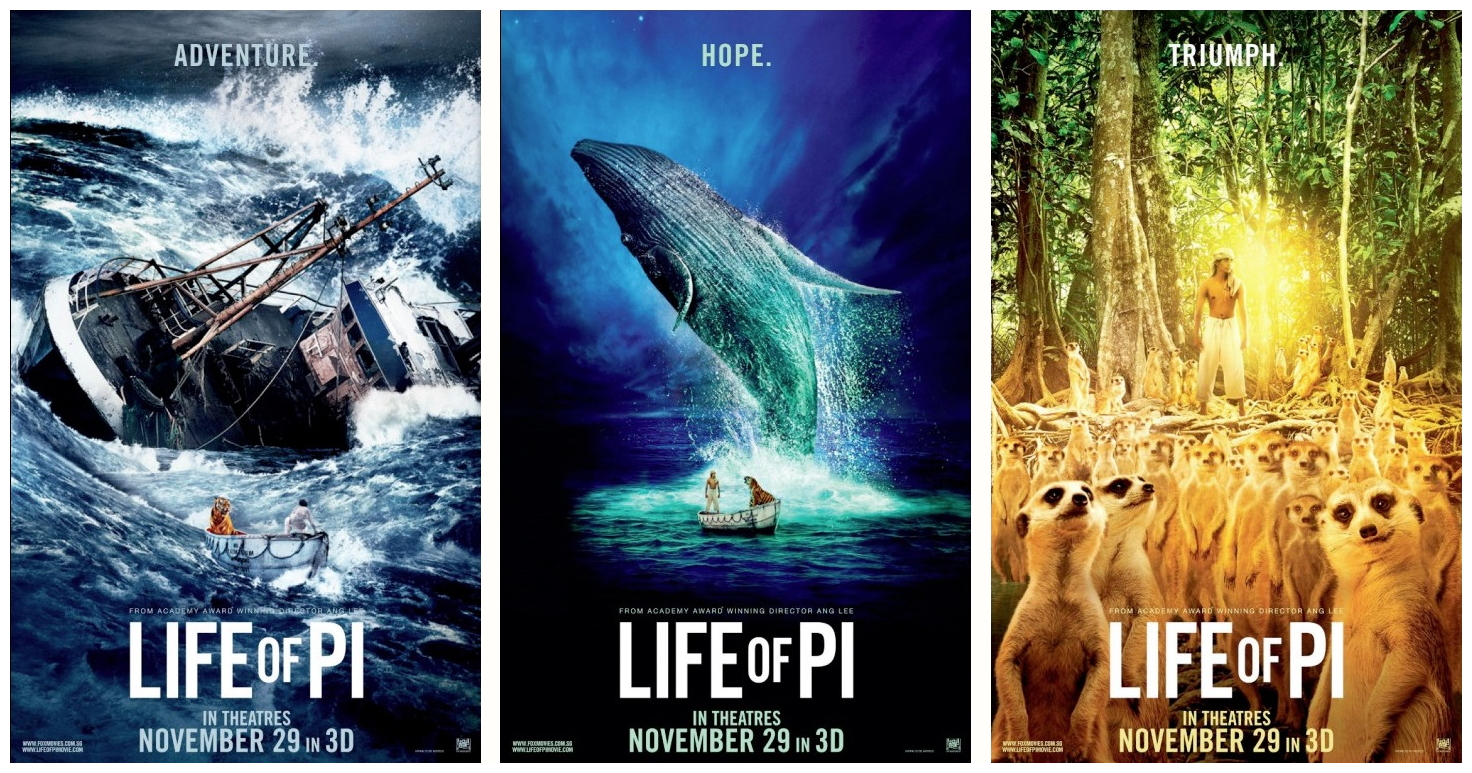
Life Of Pi (2012)
 Horror News | HNN Official Site | Horror Movies,Trailers, Reviews
Horror News | HNN Official Site | Horror Movies,Trailers, Reviews

